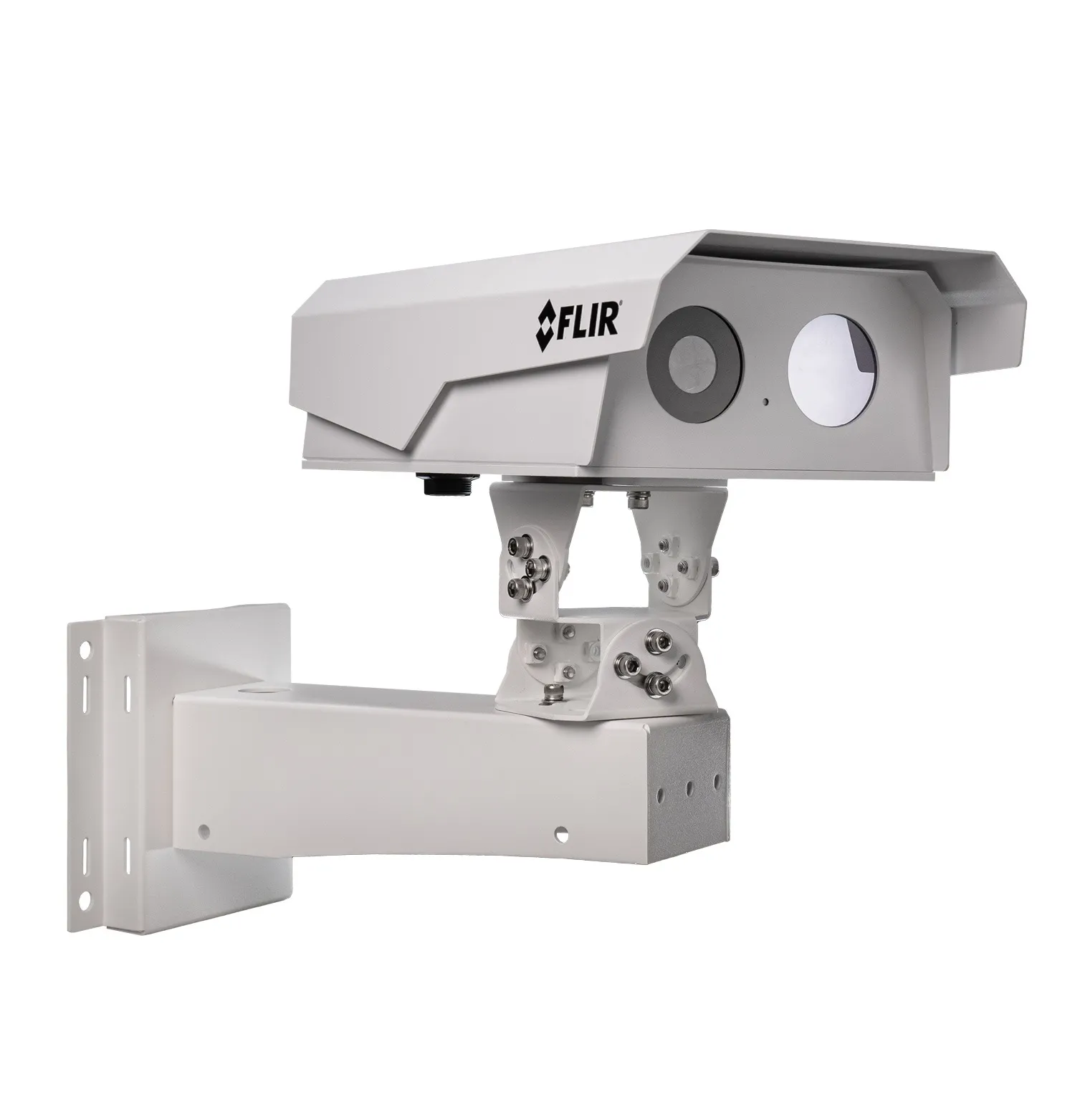Bosch Security Systems has introduced a new TCP/IP communications module for its AutoDome camera system. The new module delivers advanced IP technology and features, including H.264 main profile compression, powerful intelligent video analysis and alarm handling, and compliance with the Open Network Video Interface Forum (ONVIF) standard.
February 6, 2012
Read time: 2 mins
AutoDome modular Pan-Tilt-Zoom (PTZ) cameras from Bosch use a platform of interchangeable components to allow customers to cost-effectively migrate to advanced functionality without replacing the entire camera system. Customers can easily add the new TCP/IP communications module to any existing AutoDome modular PTZ camera, helping security personnel keep their systems updated with the latest innovations in surveillance technology.
With tri-streaming, the module can simultaneously generate two independent H.264 streams with up to 4CIF resolution at 25/30 images per second (PAL/NTSC), as well as one JPEG stream for viewing on a handheld device. With built-in iSCSI support, the cameras can stream compressed video directly to an iSCSI RAID array for storage.
Bosch AutoDome modular cameras are offered in four models, ranging from a basic level fixed-position dome to the full-featured 500i-Series intelligent PTZ camera. AutoDome cameras equipped with the new module deliver hybrid operation with both Ethernet and analogue connections for supporting existing equipment.










